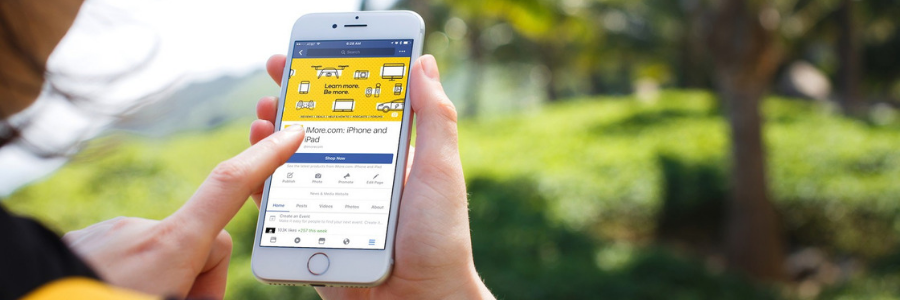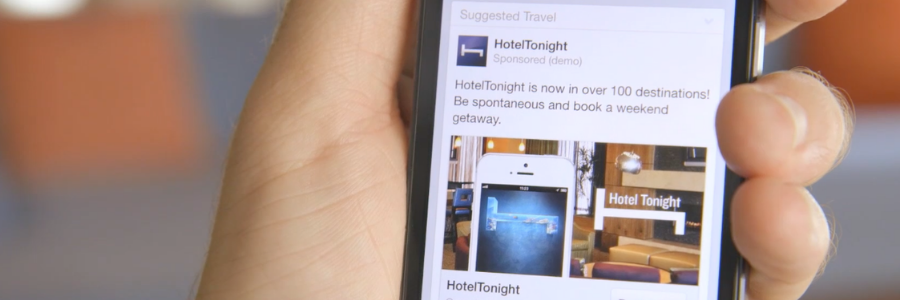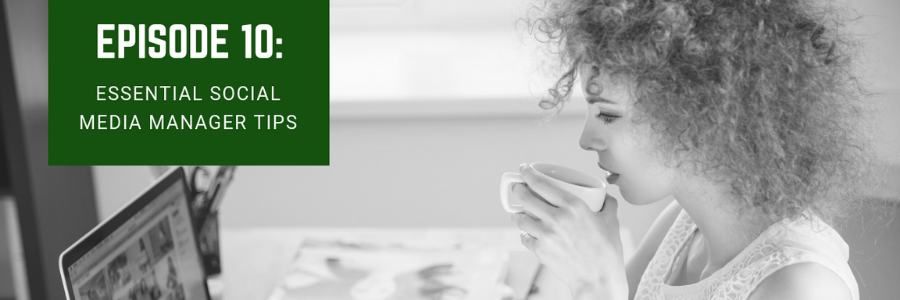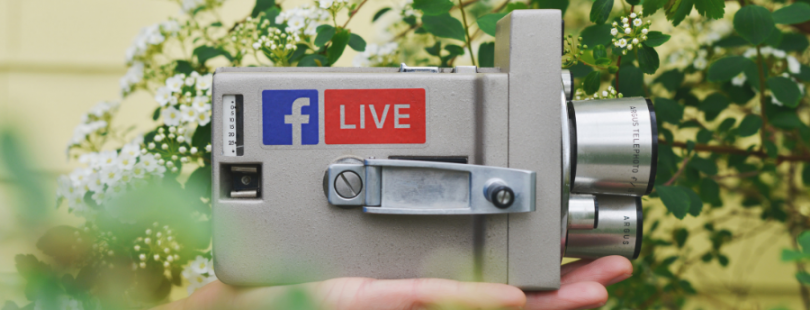If you’re reading this, you’ve probably already given Facebook ads a shot. How did they go? What I generally hear is that the first ads were okay but a little lackluster, and definitely not as impactful as you’d been hoping.
I hate to be the one to tell you, but the issue probably isn’t with Facebook advertising. There’s a lot that goes into making a successful Facebook ad for your local business, and if you’re not satisfied with your results, then that probably means it’s time to work on targeting.
Finding the right audience is harder than you think.
If your target audience is only X gender of Y age and Z income, you’re going too vague. What are their interests? Hobbies? Even political affiliation can make a big difference, and these are all factors that you can work into your Facebook ad targeting.
When you set up the audience for your Facebook ad, take these factors into account. If you’re still not sure what areas to include when targeting your Facebook ad, let me give you a list of the most common things your business should be considering:
- Education
- Zip code
- Recent life events (engagement, birth of a child, graduation, etc.)
- Household composition (children in-home, new teen drivers, etc.)
- Net worth
- Behaviors (the other ads they have/haven’t clicked on)
- Pages they’ve liked
- Websites they’ve visited
The list goes on and on. You don’t need (or generally even want) to target all of these areas, but consider who your buyer is and which of these factors are going to be relevant in getting them to visit your local business.
Test out custom audiences!
You can go even more specific than regular Facebook targeting, though!
If you’re not using Facebook custom audiences, you’re potentially costing your local business a lot of money. Custom audiences allow you to put ads in front of existing customers (found by traffic to your website, your mailing list, etc.) to encourage them to buy more often, spend more, or otherwise increase their lifetime customer value.
I know that many small business owners don’t have email lists (even though they should), but you can always install the custom Facebook pixel on your website so that you can track visitors and deliver your Facebook ads directly to them!
Unlike other ads where you’re paying in the hopes that viewers will like your brand, your odds of success are much higher with custom audiences. These are people who have already shown an interest in your brand, so why not encourage them to finalize that sale?
Try using lookalike audiences…with a few changes.
Once you’ve got your custom audience established and it seems to be working for you, don’t stop there! Lookalike audiences are pretty much what they sound like—audiences that are demographically similar to your custom audience.
Even if you couldn’t use an email list to create your original custom audience, you can always use your Facebook followers as a base for your lookalike.
Why do it? Your custom audience might be great, but eventually you’ll need to expand your reach, and lookalike audiences are perfect for that. They deliver your ads to people who have similar demographic data to your target audience, meaning they’re more likely to generate clicks, conversions, or any of your other tracked metrics.
The one caveat with lookalike ads that local businesses need to be mindful of its location. Facebook ads tend to go a little broad sometimes, so make sure that your new lookalike audience is still within a suitable distance from your brick and mortar location.
Keep your Facebook ad targeting evolving.
Are you noticing a theme? There’s never a time when you can stop improving on your Facebook ad targeting! Your audience’s behaviors and interests may well change over time, so it’s important that you’re constantly renewing your targeting strategies if you want your local business’ Facebook ads to be successful!
Don’t be embarrassed if you feel a little lost—Facebook ads are complicated! Let’s discuss them during your free consultation with The Go! Agency!
Read More














